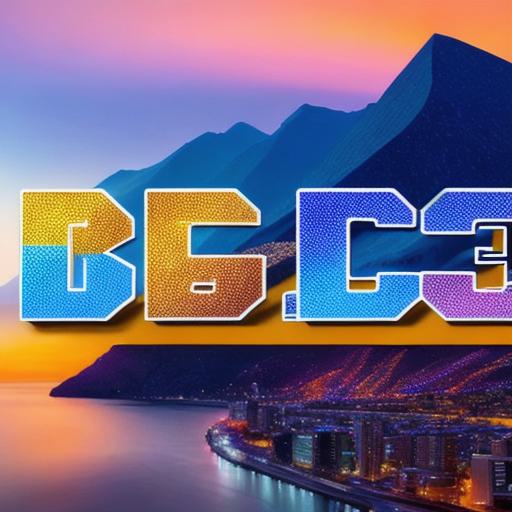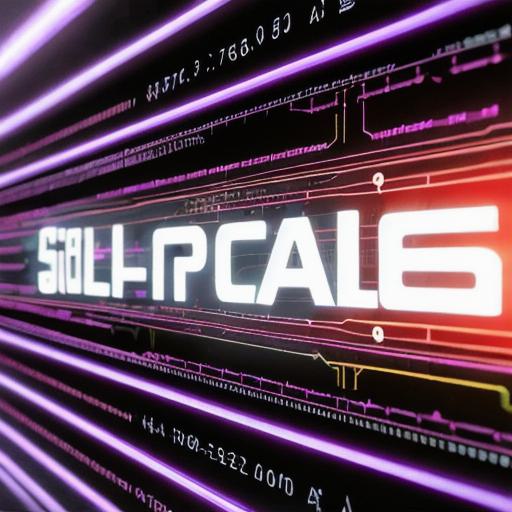As the world continues to move towards decentralized finance (DeFi) and web3 technologies, the demand for fast and scalable blockchain platforms is on the rise. One such platform that has gained significant traction in recent years is Solana, a high-performance blockchain that can handle thousands of transactions per second. In this guide, we will explore the various features and capabilities of Solana, as well as how it can be used to build decentralized applications (dApps) on web3.
What is Solana?
Solana is a fast, high-performance blockchain that utilizes a unique consensus mechanism called proof-of-stake with delegated proof-of-stake. This allows for much faster transaction speeds and lower fees compared to other blockchains such as Bitcoin and Ethereum. Solana also has a built-in developer toolkit, making it easy for web3 developers to create and deploy dApps on the platform.
Key Features of Solana
- High Performance: With a transaction throughput of over 65,000 transactions per second, Solana is one of the fastest blockchains available today. This makes it ideal for use cases such as decentralized exchanges (DEXs), lending platforms, and gaming applications that require fast and reliable transaction processing.
- Scalability: Solana’s unique consensus mechanism allows it to scale horizontally, meaning that it can easily handle an increasing number of transactions as demand grows. This makes it a great choice for projects that expect to see significant growth in the future.
- Developer-Friendly: Solana has a built-in developer toolkit that includes features such as a rich programming language, smart contract development tools, and a local blockchain for testing and debugging. This makes it easy for web3 developers to build dApps on the platform without needing extensive experience with blockchain technology.
- Security: Solana uses a combination of proof-of-stake and delegated proof-of-stake to ensure that transactions are processed securely and efficiently. Additionally, Solana’s smart contract development tools include features such as static analysis and formal verification to help identify and prevent security vulnerabilities.
Real-Life Examples of Solana in Action
- Serum: Serum is a decentralized exchange built on the Solana blockchain. It allows users to trade a variety of assets, including cryptocurrencies, non-fungible tokens (NFTs), and other digital assets. Serum has quickly become one of the most popular dEXs on Solana, with over $1 billion in daily trading volume.
- DeFi Saver: DeFi Saver is a lending platform built on the Solana blockchain. It allows users to borrow and lend a variety of assets, including cryptocurrencies and NFTs. DeFi Saver has seen significant growth in recent months, with over $10 million in daily lending volume.
- Secret Network: Secret Network is a privacy-focused blockchain that utilizes zero-knowledge proofs to enable secure and private transactions. It is built on the Solana blockchain and allows for the creation of decentralized applications that require privacy and security.
Comparing Solana to Other Blockchains

While there are many blockchain platforms available today, few can compete with Solana’s performance and scalability. Ethereum, for example, is a popular platform for building dApps but has struggled with high transaction fees and slow processing times. Bitcoin, on the other hand, is a legacy blockchain that was not designed for fast transaction processing and is not suitable for modern web3 applications.

